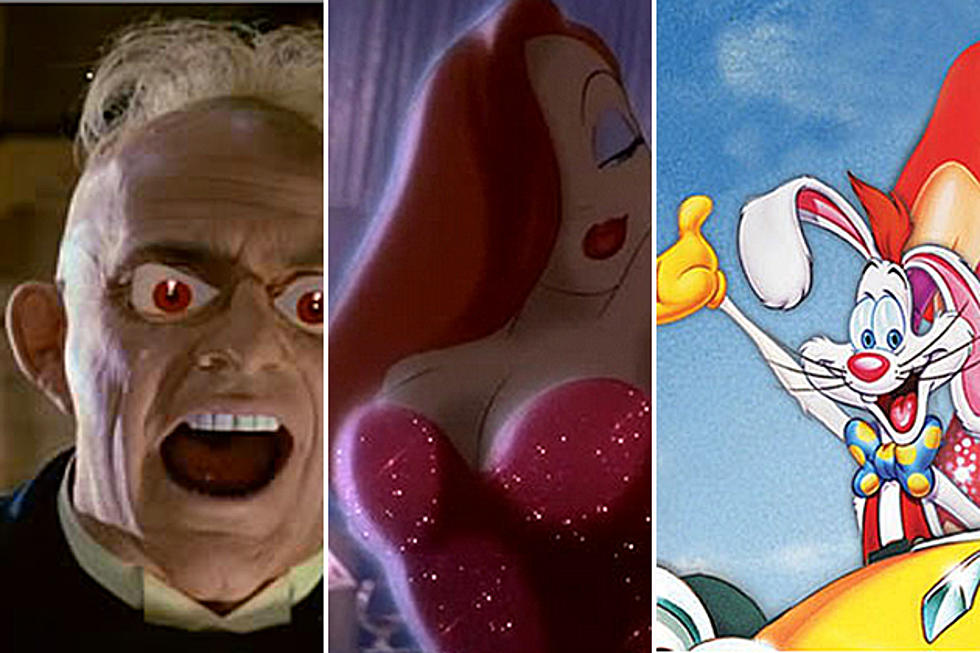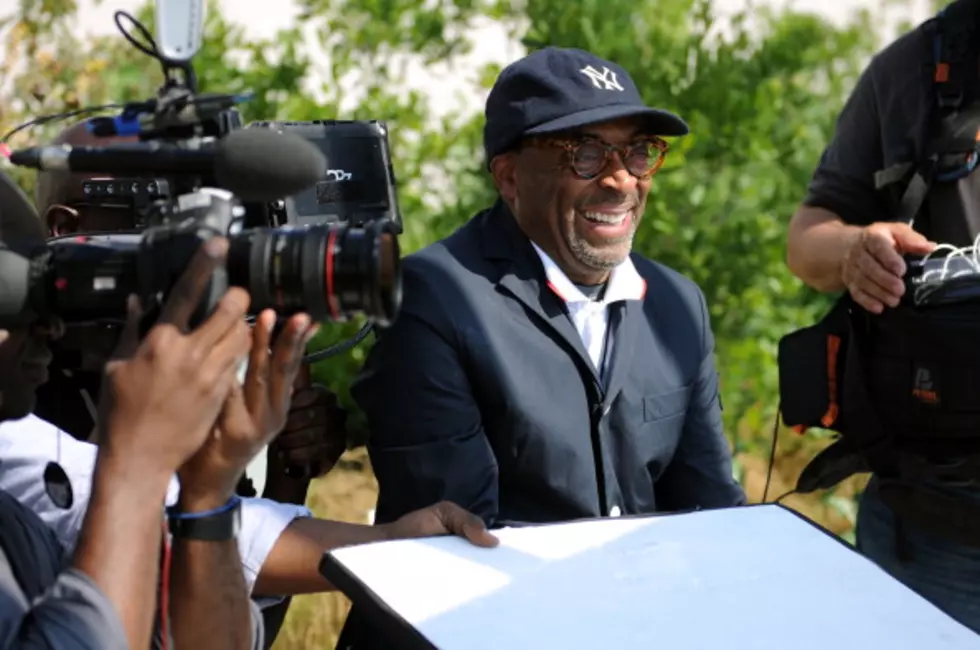
10 Things You Didn’t Know About ‘Who Framed Roger Rabbit’
It's been 25 years since the premiere of 'Who Framed Roger Rabbit,' a love song to American animation that used groundbreaking techniques to put cartoon characters in the real world. The film is often credited with starting a renaissance in movie animation, particularly at Disney. In honor of the film's 25th anniversary, we're sharing 10 of our favorite facts about the making of this unique movie.
- 1
It was based on 'Who Censored Roger Rabbit?'
St. Martins PressSt. Martins Press The 1981 mystery novel by Gary. K Wolf was the basis for the film, but the plots of the book and the film differ greatly. For one thing, the novel takes place in the world of comic strips rather than animation. Many of the characters are the same, but in the book, Eddie Valiant is investigating Roger's murder after the rabbit hired him to find out why the comics syndicate backed out on a deal for Roger to star in his own strip.
Roger's death was included in early drafts of the movie's climax, but the idea of killing off the lead toon was axed, along with the Sting song 'The Lazarus Heart' which was supposed to play over Roger's death scene.
- 2
Warner Brothers wanted equal screen time
One of the strengths of 'Who Framed Roger Rabbit' is the presence of so many classic cartoon characters from different studios. Since Disney was footing part of the bill, Warner Brothers was worried that their characters would be relegated to background roles. So as part of the deal for the use of the Looney Tunes characters, they required that two of their biggest stars get the same amount of screentime as two of Disney's biggest. As a result, Mickey Mouse and Bugs Bunny go skydiving together and Donald and Daffy Duck (no relation) face off in the hilarious piano duel scene.
- 3
The "pig head" scene almost made the final cut
Like most movies, 'Roger Rabbit' had its share of scenes that were shelved in various phases of production. The one that came closest to being included in the movie was the pig head sequence, in which Doom catches Eddie Valiant snooping around the Ink and Paint Club and has the weasels give him the Toontown version of a warning not to stick his nose where it doesn't belong.
- 4
The weasels' names revealed
DisneyDisney The names of the weasels who make up Judge Doom's Toon Patrol are never mentioned in the film. They are Greasy (in the green zoot suit), Wheezy (the blue-grey chain smoker), Psycho (in a straitjacket), Stupid (wearing a beanie) and Smartass (in the pink zoot suit.) (Smartass is sometimes called "Smart Guy" or "Wise Guy" in merchandise and at the Disney parks.)
There were originally plans to have seven weasels as a nod to the seven dwarfs, but the other two were cut to reduce the amount of work for the animators on what was already a very labor intensive project.
- 5
Judge Doom's vulture and kangaroo court
bigbadtoystore.combigbadtoystore.com At one stage in the movie's development, Judge Doom had a much larger entourage of toons. There was an animated vulture, that perched on Doom's shoulder. He even had his own jury of kangaroos that would pull letters out of their pouches spelling out "You are guilty" -- a play on the term "kangaroo court."
Like Doom's additional weasels, these characters were dropped to keep the time and cost of animation under control. But the vulture somehow made it into the Roger Rabbit toyline alongside the Judge Doom figure.
- 6
Cloverleaf and 'Chinatown'
DisneyDisney Jeffrey Price and Peter S. Seaman, who wrote the film's screenplay, were both big fans of Roman Polanski's 'Chinatown.' They got the idea for Doom's plot to replace Toontown with an offramp shopping complex from an unproduced sequel to 'Chinatown' based on real life corruption surrounding transportation in Los Angeles. The proposed title for the 'Chinatown' sequel was 'Cloverleaf,' which is the name of Doom's company in 'Roger Rabbit.'
- 7
Mae Questel's swan song
Disney/ImdbDisney/Imdb Toontown is not all sunshine and happy endings. One of the most poignant moments in the film is the sight of former cartoon star Betty Boop reduced to selling cigarettes because she hasn't been able to find work since cartoons went to color. Betty is voiced by her original voice actress Mae Questel, performing the character for the first time in decades. It turned out to be Questel's final performance as Betty Boop. (She passed away a decade after the film's premiere.)
- 8
Classic screen stars served as inspiration for Jessica
DisneyDisney Among the visual inspirations for Jessica Rabbit, Roger's shapely and not at all lagomorphic wife, were actresses Rita Hayworth, Lauren Bacall and Veronica Lake. Gary K. Wolf modeled the original Jessica after Red from Tex Avery's 'Red Hot Riding Hood' and Jessica's performance at The Ink and Paint Club is very similar to Red's song and dance number from the famous short.
Fun fact: Jessica's ample breasts literally defy gravity. They're animated so that they bounce in reverse, moving up when they'd normally go down and vice versa.
- 9
Roger is a cartoon Frankenstein
DisneyDisney Roger was designed as an amalgamation of classic cartoon characters, a creation that felt at home with the well-known toons but was still unique. The filmmakers described Roger as having the face of a Warner Brothers character, the body of a Disney protagonist and the attitude of a Tex Avery creation. His overalls are based on Goofy's outfit, his tie on Porky Pig and his gloves on Mickey Mouse, though Roger's are yellow to stand out against his white fur.
- 10
The film contains several anachronisms
DisneyDisney 'Roger Rabbit' is set in 1947, but not everything in the film was around in 1947. Some characters who didn't yet exist in 1947 make appearances in the movie, though since toons are real in the movie's world, it could be that they're around in 1947, but not yet famous.
The most notable mistake is the short that Roger and Eddie watch in the movie theater, 'Goofy Gymnastics,' which came out in 1949. The filmmakers were aware of this, but went ahead and used the short because it was the best example of Goofy's physical comedy which Roger so admired.
More From TheFW










